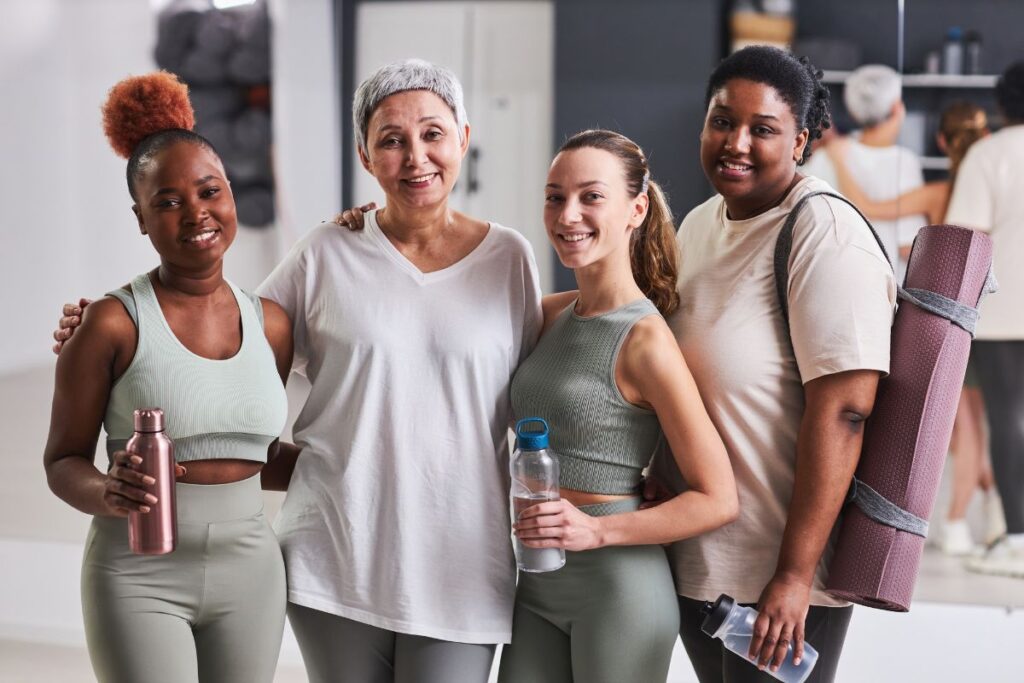Have you been diagnosed with osteoporosis or osteopenia (the stage before osteoporosis)? Exercise is one way to manage this condition, whether you already have a diagnosis or hope to prevent it. This osteoporosis exercise guide includes videos from a recognized fitness expert who has specialized in strength training for women+ for over 30 years. You can do these osteoporosis exercises at home, with little to no equipment, and help reduce your risk of developing osteoporosis or a complication of the condition, like a fracture if you fall.
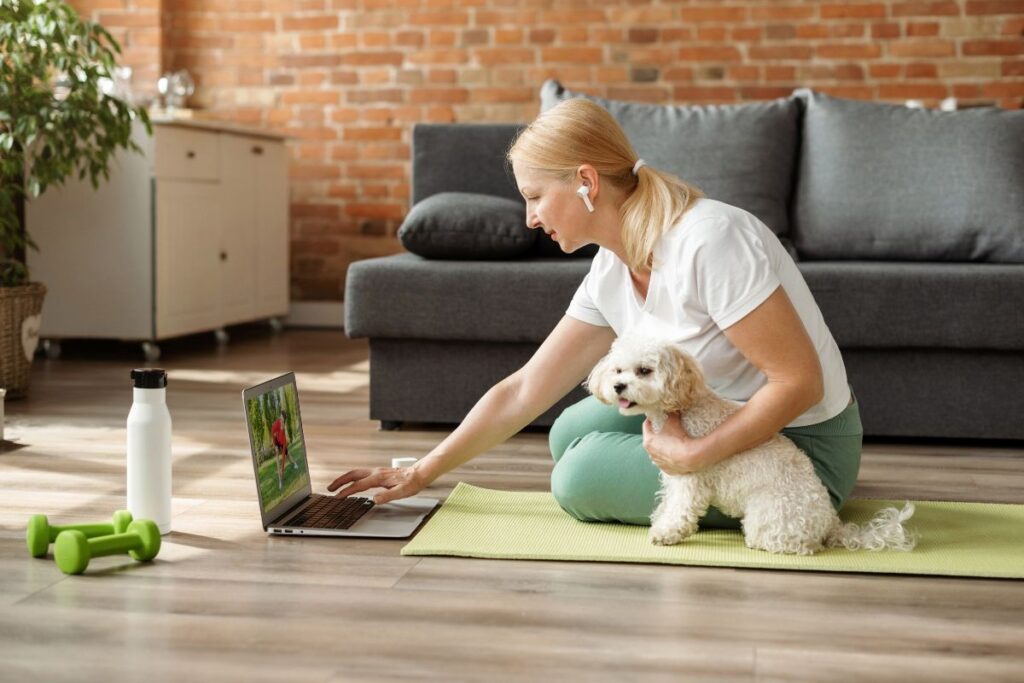
At-home exercise to address osteopenia and osteoporosis
You can’t cure osteoporosis, but there are steps you can take to support bone health, offset bone loss, and slow the progression of osteoporosis. They include lifestyle factors – using “food as medicine” and physical activity – and various medications.
These activities will also help reduce the risk of other musculoskeletal symptoms like frozen shoulder, ligament injury, or joint pain. These conditions, including osteoporosis (bone loss) and osteopenia (bone thinning), are known as the musculoskeletal syndrome of menopause (MSM).
Doing specific exercises (and avoiding others) can make a big difference. Plus, moving your body is good for your overall health and well-being! It can also improve your overall menopause journey and positively impact many menopause symptoms.
Exercise options include:
- Resistance exercises/strength training to build/maintain muscle and bone strength
- Weight-bearing aerobic exercise
- Strength training
- Spine
- Wrist
- Core stabilization
- Hip
- Glutes
- Balance exercises
- Functional exercises
- No-impact, non-weight bearing (if you have low bone density, osteoporosis, or are frail)
- Stretching
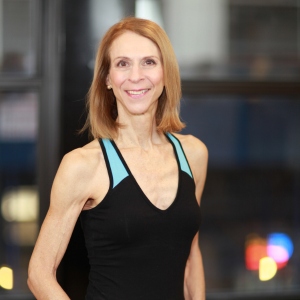 (You may be surprised to see no-impact exercises, but we want you to know that any exercise is better than no exercise.)
(You may be surprised to see no-impact exercises, but we want you to know that any exercise is better than no exercise.)
You don’t have to join a gym or buy special clothes. You can actually do all of these at home. And exercise can be a low-cost/virtually no-cost option.
It is important to talk to your doctor before starting an exercise routine. Discuss previous injuries, surgery, your overall health, underlying conditions, and exercise habits. Start slow, especially if you’ve been sedentary.
Through pausitive health’s collaboration with Joan Pagano of Joan Pagano Fitness, we are providing a series of easy-to-follow osteoporosis exercise videos. (Unless otherwise noted, all exercise videos in this article are made available courtesy of Joan Pagano.)
What exercises should be avoided with osteoporosis?
In addition to talking to your doctor, Pagano advises you to avoid exercises that can make you fall or that move your body in these ways.
| Movement | Description | Examples |
|---|---|---|
| Jarring of the spine | Any activity where you have both feet off the ground at the same time. |
Jumping, jogging, or running |
| Overhead loads | Lifting anything heavy above your shoulders, including exercises and daily tasks like lifting something heavy above your shoulders to place it in a cabinet. | Military press, shoulder press, or lifting weights above your shoulders. |
| Reaching for or holding objects away from your body | There is some distance between the object and your body. | Pulling a heavy baking pan out of the oven and holding it away from your body so you don't get burned. |
| Spinal flexion | Bending forward from the waist with the back rounded. | Crunches, sit-ups, toe touches in any position, or rowing machines that use this position. You may also need to modify certain yoga and Pilates movements. |
| Twisting at the waist, with or without impact | Twisting at the waist while your hips are square, but your shoulders are also twisted. | Tennis, golf, or bowling |
| Resistance exercies (leg and hips) | Resistance exercies (leg and hips) | Be careful when moving your leg across your mid-section with resistance. Also, avoid extreme external hip rotation with bodyweight. |
These exercises can potentially hurt your spine, and others are high-impact. High-impact exercises may not be suitable, as they can lead to fractures in weakened bones.
There are low-impact, non-weight-bearing alternatives like swimming.
How much exercise do you need?
To prevent osteoporosis or manage bone strength after a diagnosis, you should aim for weight training 2-3 days a week, on non-consecutive days.
On those days, focus on a full-body workout with exercises that target the major muscle groups.
- Legs
- Back
- Chest
- Shoulders
- Arms
- Core
Here are some exercises, explained in detail later on in the article, for some of these muscle groups. Pick 8-12 exercises in all, choosing at least one from each muscle group.
| Body part | Type of exercise |
|---|---|
| Legs | Squats, lunges, calf raises, hip abduction, knee extension, leg lifts |
| Back | Low row, lat row, high row, reverse flys |
| Chest | Push ups |
| Shoulders | Scapular raise |
| Arms | Bicep curls, tricep extensions, lat rows, cocktail arms |
| Core | Bird dog, plank, dead bug, ball transfer |
This is just an example. Have fun and mix it up!
Joan advises that, in general, the weight is too heavy if you can’t do eight reps in a row. It’s too light if you can do more than 10.
If you have any pain, stop and talk to your doctor.
Try to exercise for 30 minutes. You may need to work up to that length of time. Take it slow and do what you can.
What are resistance exercises?
Resistance exercises help stimulate bone growth by applying resistance to the muscles. As the muscle contracts, it pulls on the bone, strengthening it as well as your muscle. So, resistance exercises improve muscle and bone mass, size, and strength, even if you have a history of a fracture.
You can use:
- your body weight
- free weights (they don’t have to be heavy).
- weighted ball
- resistance bands
- resistance tubes
You don’t need a lot of weight, but the more you add, the greater the benefits, up to a point. Stop if you have any pain, and only push yourself as much as you and your doctor have discussed. (If you go to a gym, let anyone with whom you workout or who may show you equipment know you have osteoporosis. That way, you can take necessary precautions and modifications.)
"The greater the resistance or impact of the exercise, the greater the stimulus to the bones."
~ Joan Pagano, JoanPaganoFitness.com
Typical resistance exercises for the hip and spine include:
- Lunges
- Squats
- Hip abduction
- Knee extension
- Back extension
- Reverse flys
- Lat rows
- Abdominal exercises
Here are some examples of resistance training exercises for the back, shoulders, and arms using bands.
Lat Pulldown & Reverse Fly
Seated Low Row & High Row
Bow & Arrow
Cocktail Arms
Seated Biceps Curl
Triceps Push Down
Weight-bearing exercises
Any time you are on your feet, you are doing a form of weight-bearing exercise. It can be anything from a walk to a run or a weighted exercise.
Weight-bearing aerobic exercise can help:
- Slow bone loss.
- Maintain or improve bone mineral density (BMD).
- Strengthen bones.
It doesn’t have to be a high-impact exercise. Tai chi and yoga are also great weight-bearing exercises. Adjust accordingly to accommodate your condition.
For balance training, etc. you can try standing on one leg for 1 minute. You may need to work up to holding this position for that time.
You can also try to combine weight-bearing, etc., with strength training to get an added benefit.
Squat
Bird Dog
You can also try these exercises, which are included in other sections of this article. Click on each one to be taken to that section.
Types of fall prevention exercises
In addition to strengthening ares of the body that are prone to break in a fall, you can also try these exercises to prevent a fall in the first place.
Fractures can lead to difficult recoveries and even death, especially if it’s the hip. So, prevention is key.
You want to focus on a combination of exercises, such as:
- Strength training
Target body parts like your hip, spine, and wrist that are commonly known to break during a fall in those with osteoporosis. - Balance exercises
Start with support nearby and work your way up to balancing on one leg with your eyes closed. - Functional exercises
Reinforce day-to-day activities by rehearsing movements safely. - No-impact exercises
Put both feet on the ground or stay seated. - No-impact, non-weight bearing exercise
These are exercises where you’re not supporting your own weight. You can be in a seated position like biking or use the buoyancy of water.
Strength training exercise videos
If you fall, your wrist, hip, or spine are the most likely places to suffer a break. You can focus strength training on these body parts.
Below are strength training exercises that can help.
Spine
You’re twice as likely to have an osteoporosis-related spine fracture than a broken hip or wrist.
Watch these spine-strengthening exercises, or try the one below.
One-Arm Lat Row
Wrist
If you fall, you could break your wrist. A strong wrist can help prevent a fracture.
Try these wrist-strengthening exercises or watch three push-up techniques.
Push-Up 3 Ways
Core Stabilization
You can also target the core to improve posture, balance, and pelvic stability.
When focusing on your core, etc., you want to isolate the deepest abdominal muscles, called the transverse abdominis (TVA) muscles. Pagano calls it a “natural corset” that stabilizes the back and supports the abdomen.
Here’s how to locate the TVA muscles. Imagine sitting in a pair of tight jeans that you’re trying to zip. You’re likely pulling your belly button toward your spine without moving your pelvis area. That tightening of your stomach works your TVA.
You can strengthen the TVA with belly breathing, neutral spine alignment (NSA), or the Dead Bug sequence. You can also try these core exercises or watch the videos below.
Forearm Plank
Ball Transfer
Glutes and hips
Your glutes are in your buttocks. There are a series of muscles that help with lower body strength and stability.
The best glute exercises target the three gluteal muscles – the gluteus maximus, medius, and minimus – which generate power for lower body strength and stability.
The glute minimus lies directly underneath the medius, and shares the same functions, which are to abduct and internally rotate the thigh, and help in stabilization of the hip and pelvis. Therefore, most medius and minimus exercises are the same, here focusing on hip abduction (lifting the leg laterally to the side). These exercises strengthen the femur, or thigh bone, in your hip.
By strengthening your glutes, you can:
- Prevent back pain.
- Improve posture and back alignment.
- Reduce the risk of a knee injury.
- Get more power when walking, running, or climbing stairs.
- Improve balance.
You can try these glute exercises or watch the video below.
Leg Lifts, 3 Ways
Squat
Balance exercises for fall prevention
One of the reasons people fall as they age is that they lose their balance. It only takes a momentary loss of balance to fall and break a bone. That’s why being proactive is important, especially since balance begins to materially decline as early as age 50.
You can start off with a support like a chair or table. Make sure it’s something stable. Then you can work your way up to one hand and then balance without support and then with your eyes closed.
You can try these exercises to help improve your balance.
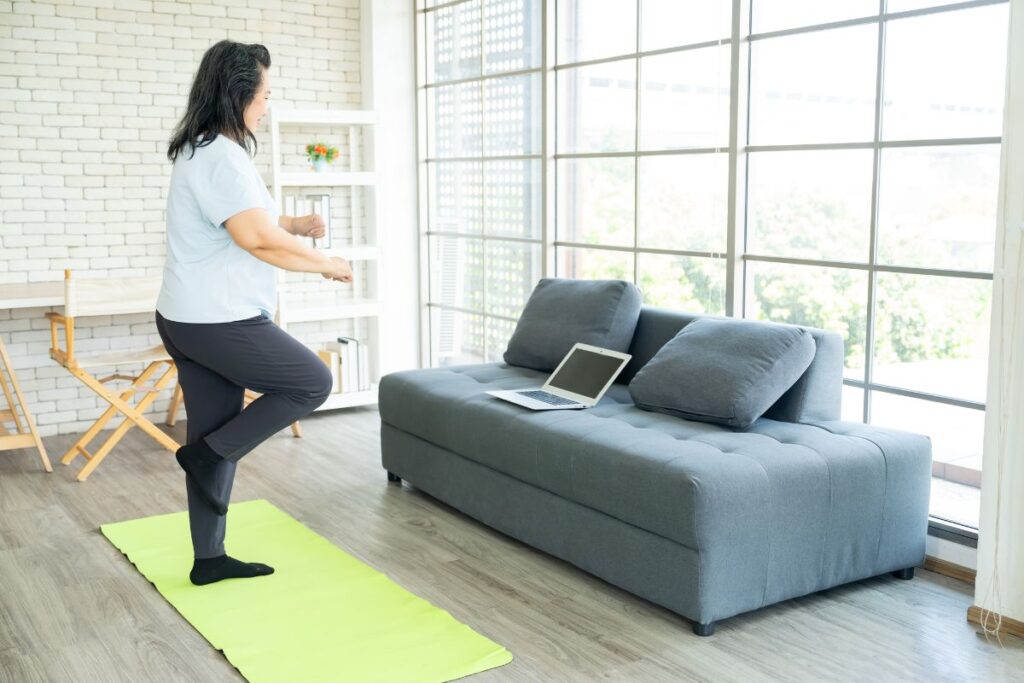
Stork Stance
Tandem girl
Balance walk
Reverse lunge with knee lift
Calf raise/toe lift
Calf stretch to single leg balance
Functional exercises
With functional exercises, you safely practice day-to-day movements. For example, when you do a squatting exercise, you’re strengthening your muscles and making it easier to get up safely from a seated position, even from a deep sofa with very soft cushions.
Here are three exercises that help reinforce these movements. The first one, the cross-body reach, is a perfect example of reinforcing a daily habit. Think about how many times you reach during the day. With this exercise, you’re reaching for something repetitively to reinforce how to do it properly. That way, the next time you reach for something in a cupboard, you’re more likely to reflexively perform the task with proper body posture to avoid getting hurt.
Cross-Body Reach
Chair Squat
Marching In Place
No-impact and non-weight-bearing exercises
You’re doing non-impact exercise when both feet are on the ground or you’re seated and moving. That could be chair yoga or chair tai chi.
Additional no-impact and non-weight-bearing exercises include:
- Biking
- Swimming
- Deep water walking
- Water aerobics
- Seated tai chi
- Chair yoga
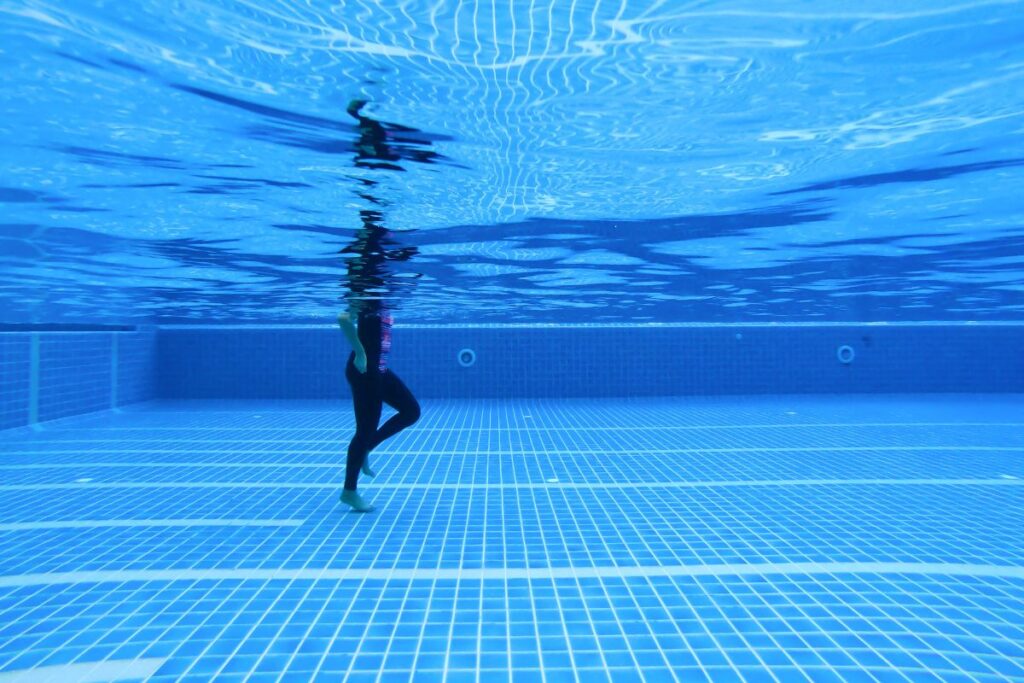
Stretching
Before you begin any exercise routine, stretch! It’s important to warm up your muscles to prevent injury.
Also, you can stretch during the day to relax tension in your muscles. You can do stretch exercises before you get out of bed in the morning and even at your desk.
Stretching can also help with osteoporosis by improving posture and releasing tension at night, which can also help you get a better night’s sleep, which can be elusive during the menopause journey.
Try these stretching exercises throughout the day.
Start Your Day
Desk Stretches
Leg Stretches
End of Day
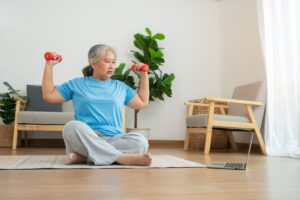 Getting started
Getting started
Start slow and always talk to your doctor.
Mix up your activities to keep yourself engaged and active. If you’re looking for additional exercises, try these videos designed for women in menopause.
If you can only do two on a regular basis, then plan on the squats and push-ups. Pagano calls those “exercises for life.”
If you’ve enjoyed these videos and would like to work with Joan virtually, you can contact her. At this time, one-on-one sessions with Joan Pagano Fitness would be at your own expense.
If you’re 65+, you may be eligible for a free gym membership or online classes through SilverSneakers®. The free exercise program is available with select Medicare plans. It provides a gym membership at select gyms throughout the country, and offers live online classes like balance and stability, seated strength, Pilates, and more. Depending on your fitness level, there’s something for everyone.
Check your eligibility for SilverSneakers in four steps.
“The best day to start exercising is today. Tomorrow can turn into weeks, months, or years.”
~ Mark Dilworth
Movement can help you stay strong and help you manage menopause signs and symptoms better, whether it’s osteoporosis or hot flashes. Make a change for the better today.

Free Physical Therapy
From the Comfort of Home
Only available for a limited time!
Become a member of the pausitive health pilot program and get physical therapist-led video exercises for the aches and pains (the musculoskeletal syndrome of menopause – MSM) that are common during the menopause journey. You can also access a program for pelvic floor issues like urinary leaking when you cough, sneeze, or laugh as well as problems with pelvic pain. The first 100 enrollees are also eligible for up to 2 live, virtual care physical therapy consultations.
You’ll also receive personalized text messages for your symptoms, a supportive community, and more!
You may also like…
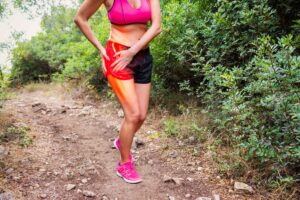
What You Need to Know About the Musculoskeletal Syndrome of Menopause
Feeling new joint pain even though you don’t have an injury? Musculoskeletal syndrome of menoapuse can cause aches and pains. Get treatment.
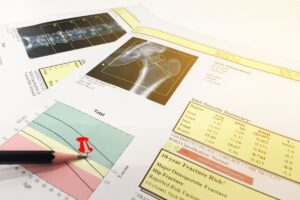
Osteoporosis 101: Know What To Look For and Foods That Can Help Prevent It
Osteoporosis is often undiagnosed and untreated in post-menopausal women+. It’s not curable, so prevent it with these foods and other lifestyle changes.
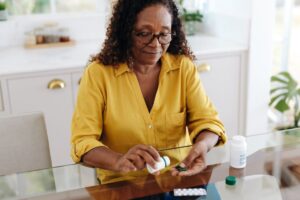
Don’t Let Osteoporosis Knock You Down: Medications That Can Help
If you’ve been diagnosed with osteoporosis, medication can help. Learn about the pros and cons of osteoporosis medications.

